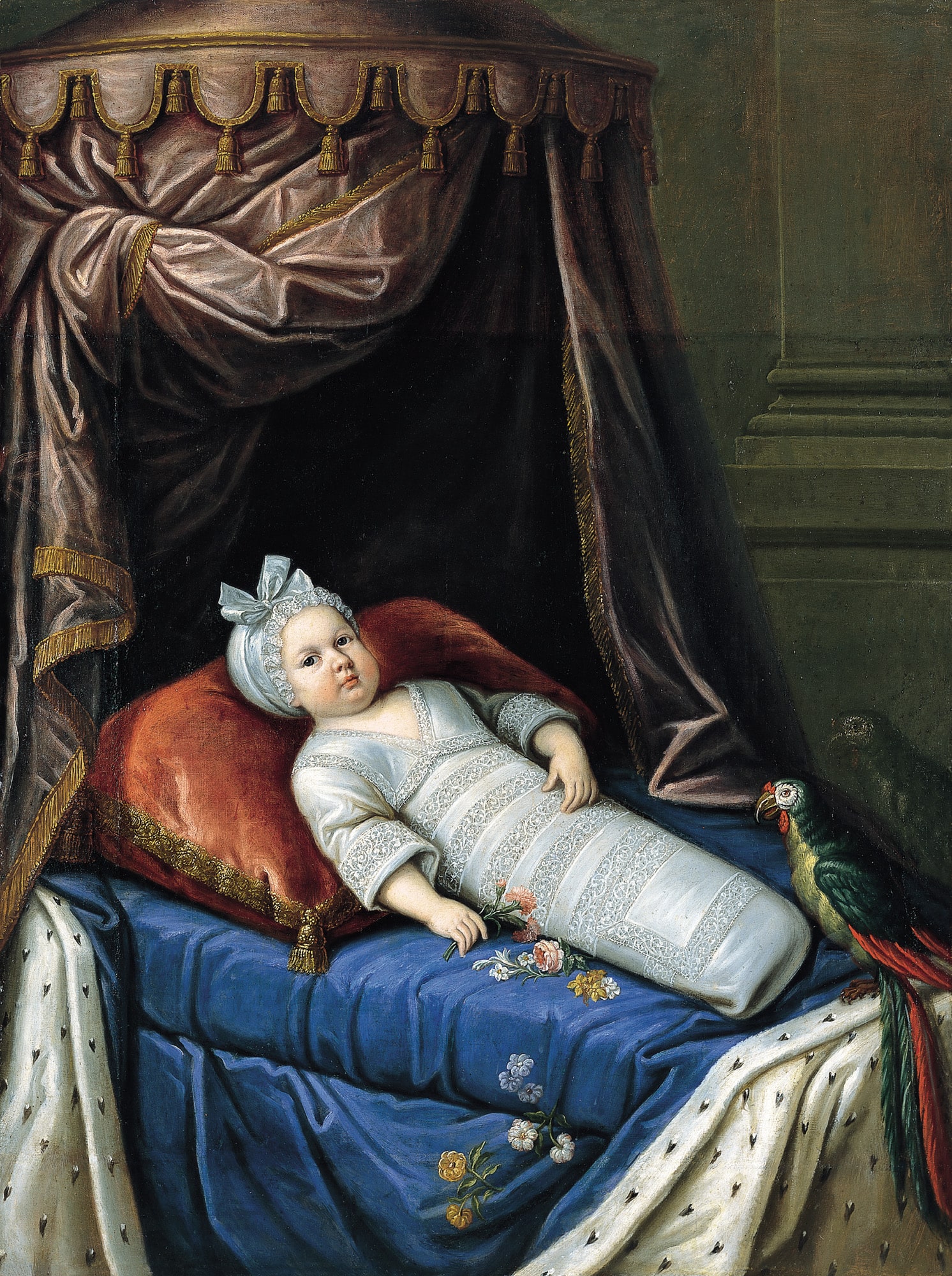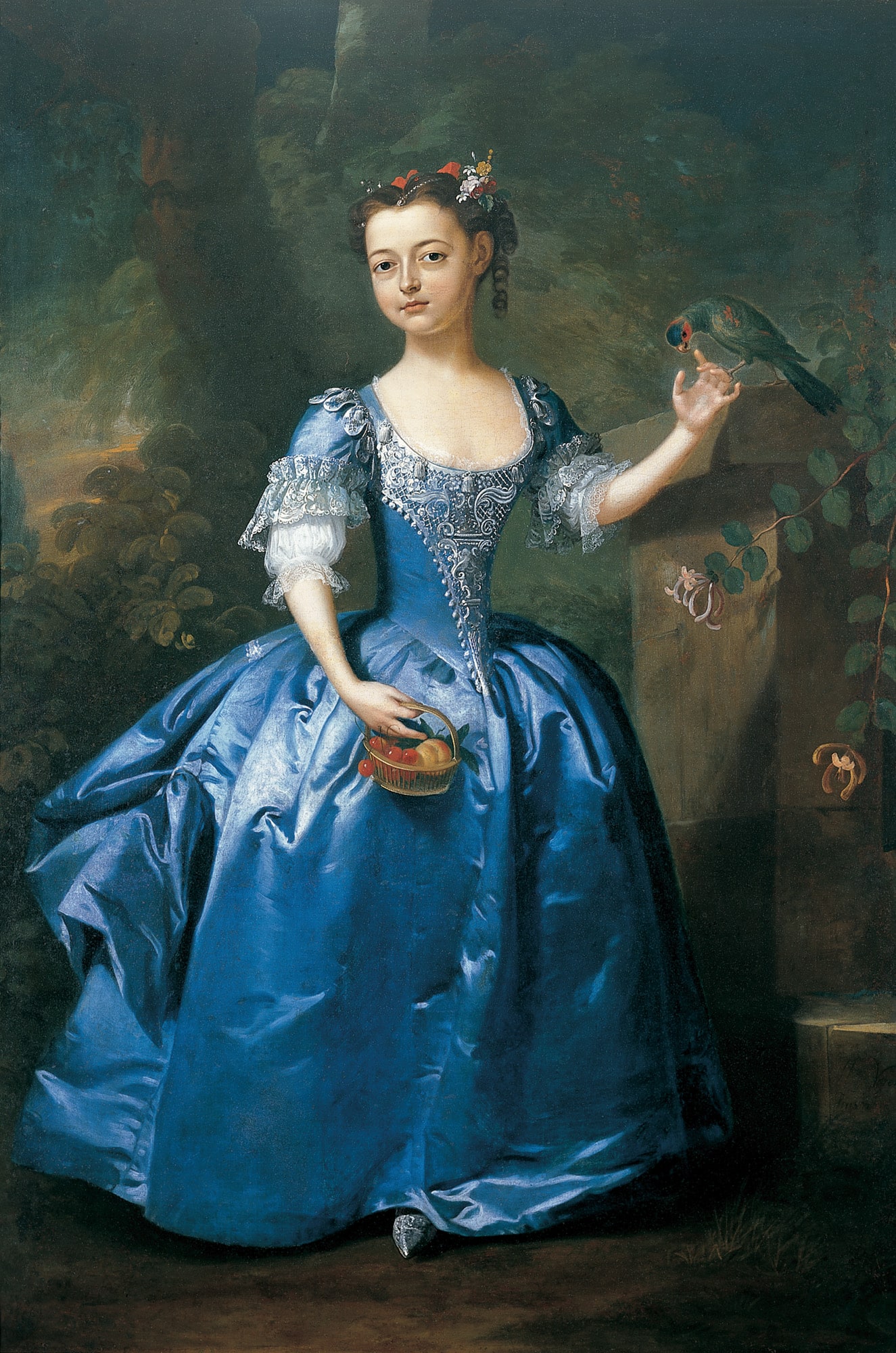Teachers
Teachers who take an online guided tour of the exhibition titled On the Spot: Panoramic Gaze on Istanbul, a History learn about the displayed artworks. The show allows teachers to study the circulation of the panorama form and representation style in the Ottoman Empire and Europe through a diverse selection of materials, including not only paintings, prints, and photographs but also ephemera and archival documents. Moreover, they have the opportunity to discover ways to efficiently guide their students through the exhibition and explore activities suitable for different age groups.
Duration: 40 minutes
Capacity: 50 people
The event that will take place via the Zoom Meeting application is free, and the tour language is Turkish.
For more information: ogrenme@peramuzesi.org.tr
Our quota is full, thank you for your interest.

Our institutions have been stuck on linear Neo-Platonic tracks for 24 centuries. These antiquated processes of deduction have lost their authority. Just like art it has fallen off its pedestal. Legal, educational and constitutional systems rigidly subscribe to these; they are 100% text based.

1638, the year Louis XIV was born –his second name, Dieudonné, alluding to his God-given status– saw the diffusion of a cult of maternity encouraged by the very devout Anne of Austria, in thanks for the miracle by which she had given birth to an heir to the French throne. Simon François de Tours (1606-1671) painted the Queen in the guise of the Virgin Mary, and the young Louis XIV as the infant Jesus, in the allegorical portrait now in the Bishop’s Palace at Sens.

This life-size portrait of a girl is a fine example of the British art of portrait painting in the early 18th century. The child is shown posing on a terrace, which is enclosed at the right foreground by the plinth of a pillar; the background is mainly filled with trees and shrubs.
Tuesday - Saturday 10:00 - 19:00
Friday 10:00 - 22:00
Sunday 12:00 - 18:00
The museum is closed on Mondays.
On Wednesdays, the students can
visit the museum free of admission.
Full ticket: 300 TL
Discounted: 150 TL
Groups: 200 TL (minimum 10 people)